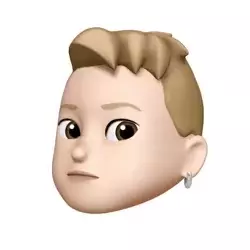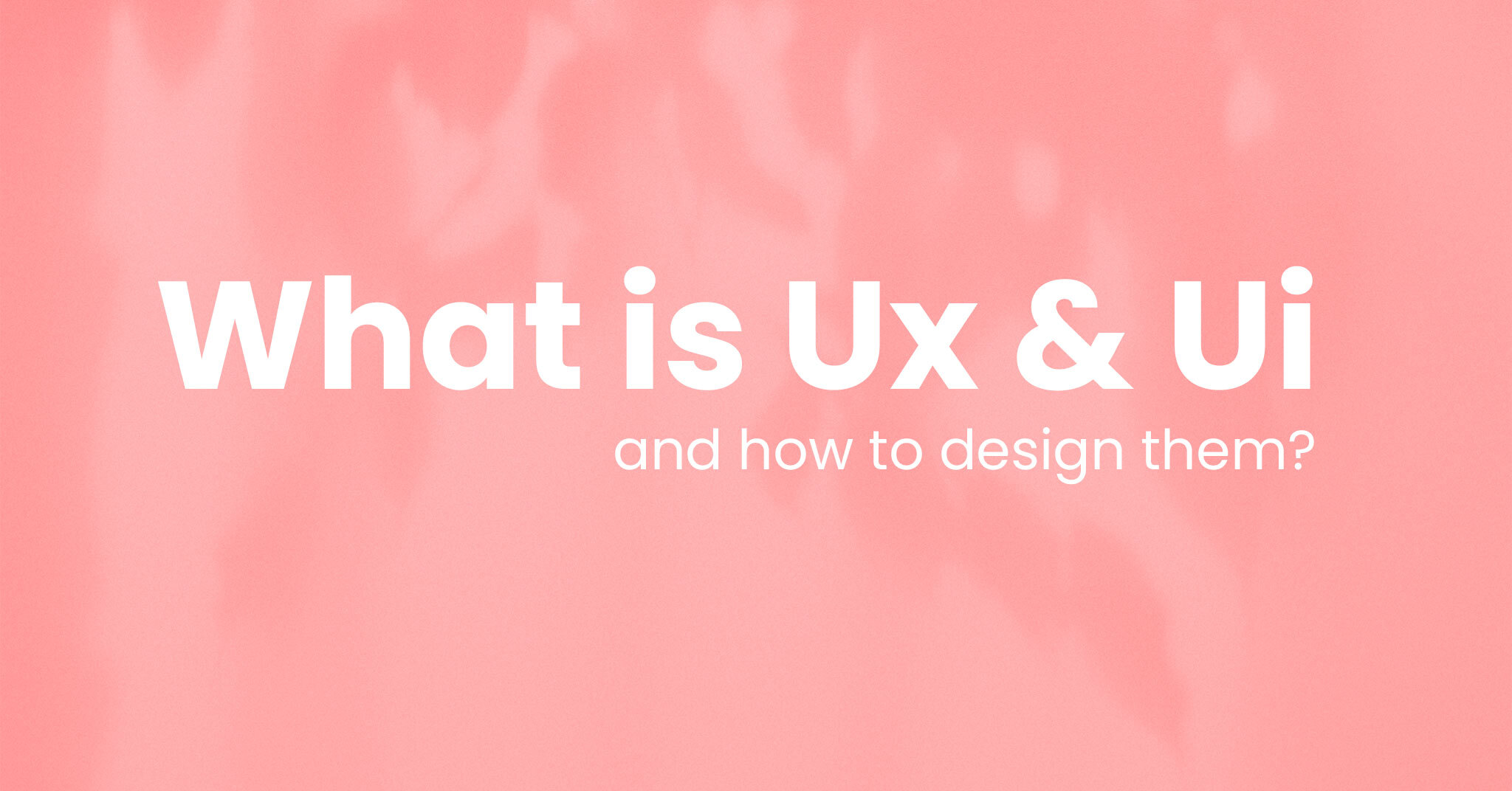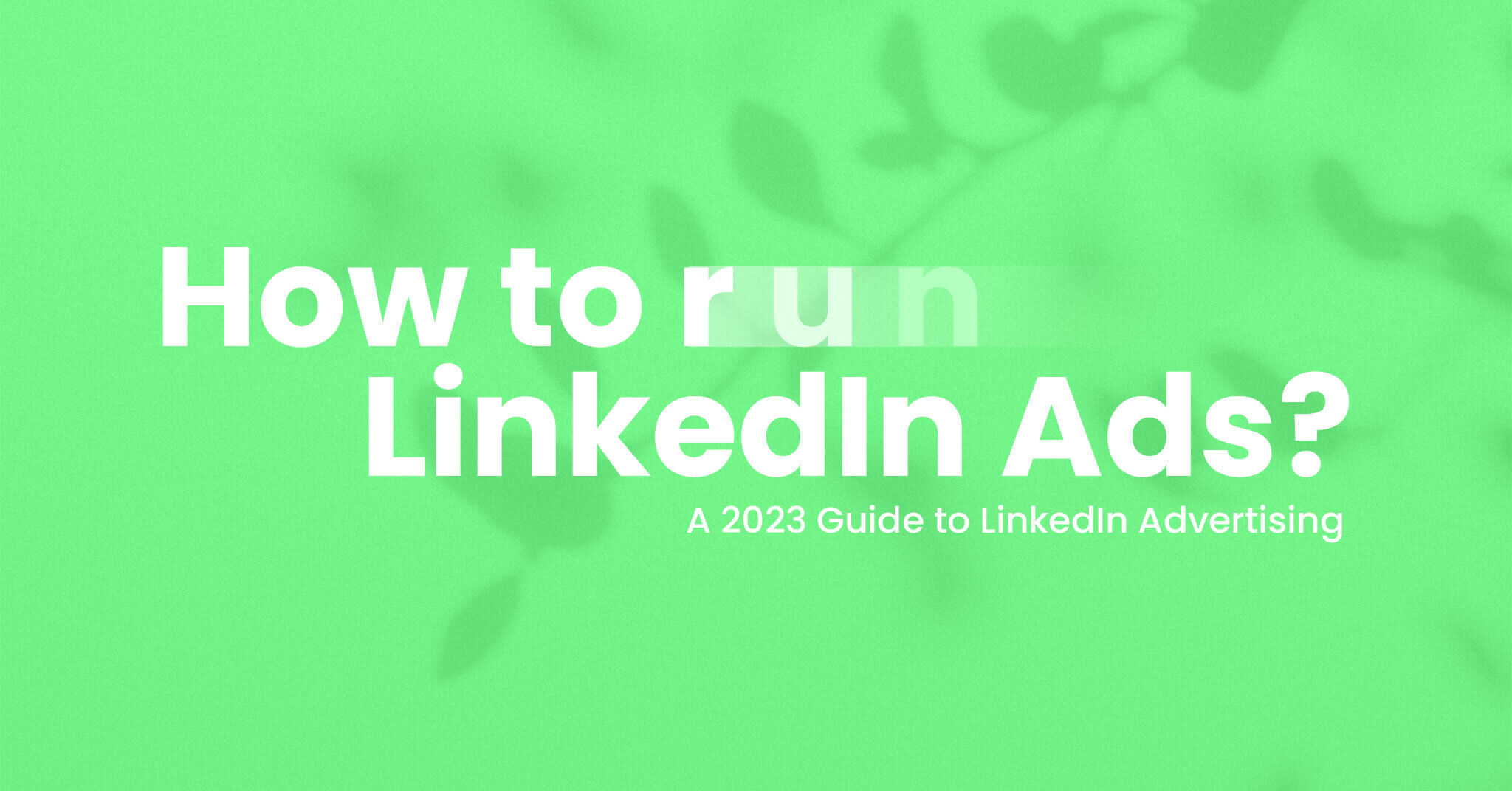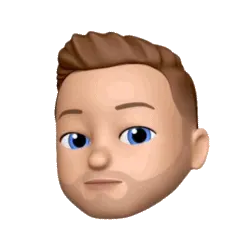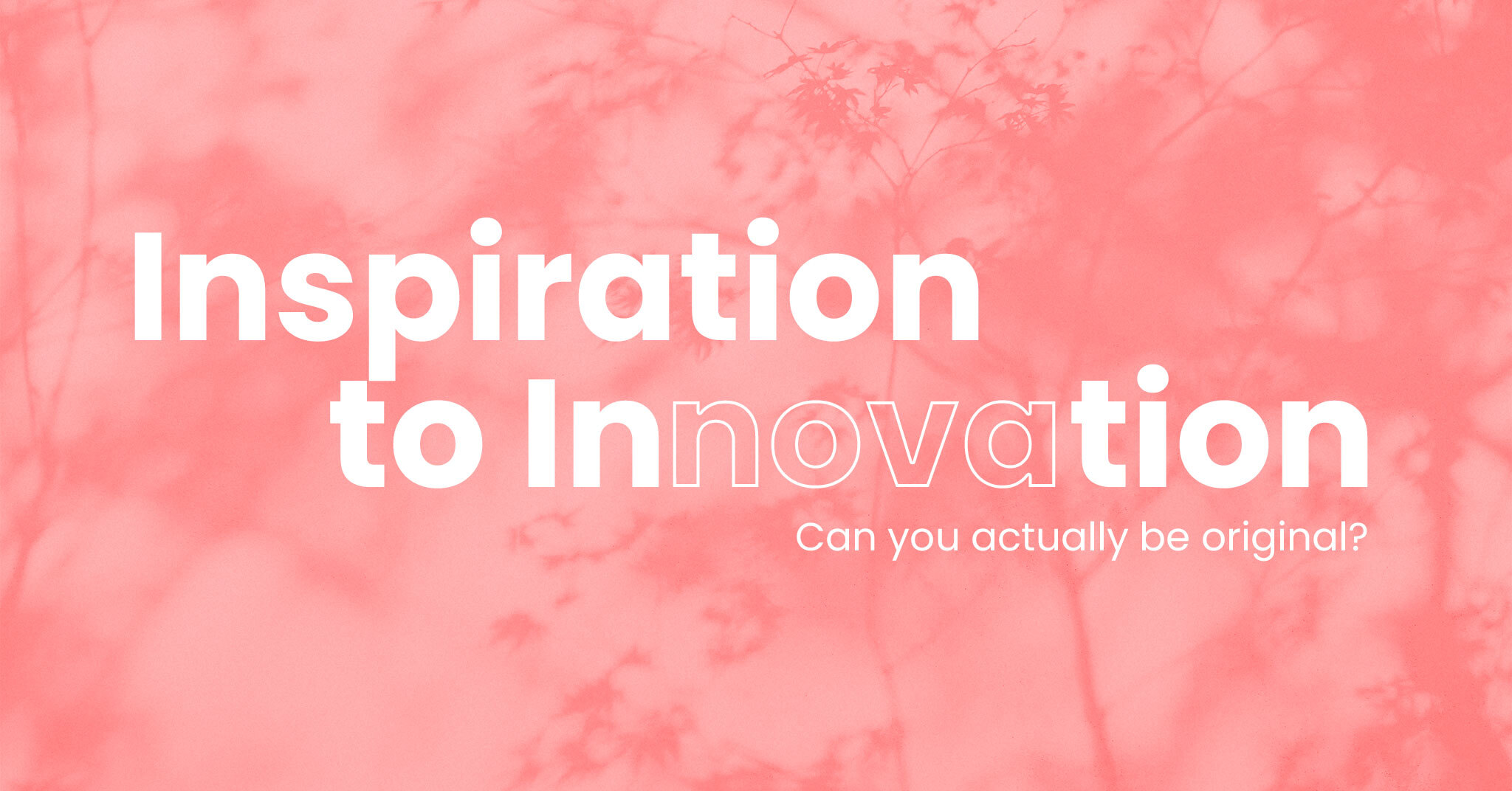Images Generated with Artificial Intelligence. The most (in)famous examples.
Since the advent of AI, we have had to face many challenges. And there are more to come. Recently, AI-generated images have attracted much attention, especially from artists. Expectedly, not all of them are taking it well. Their anger stems from fear, which most would not even admit. And that's the topic I'd like to address in this article.
How does it work?
How to generate an image from scratch? First, the algorithm learns by analyzing a colossal database of pictures, consisting of almost every possible style, vibe, and theme. For a given object, it determines which pixels should be colored and how. If you take all pictures of apples from the internet, you will notice similarities such as color, shape, and placement. There is much more to it, but let's leave it at these three. I'm not a programmer and wouldn't want to mislead you.
After it learns what's out there, the magic begins. The algorithm consists of two parties. These neural networks work in tandem to create an image. One generates, and the other criticizes. (which isn’t bad in the world of AI, as it turns out).
First, AI generates a distorted and blurry image based on the text input—let's call it the artist. Then, it sends the generated image to the other party – the critic, for assessment. The critic receives the image and compares it to everything it's seen, following which, it reprimands the artist for any shortcomings. Based on the feedback, the artist tries to improve its work, and after doing so, it sends the image back. The evaluation we're talking about is based on the database of images we've scraped before.
After many such cycles of generation and evaluation, the artist finally comes up with an image that can pass the assessment. The piece looks natural now and like something you could find on the internet. Nothing is left to be corrected, and finally, that result is presented to the expectant user. And in short, that's it. The process can probably vary, as I assume, but as I've said before, it's out of my area of expertise.
The most (in)famous one
Several companies now offer AI-generated imagery services since this technology became available. Some of them are free to use; some have monthly subscriptions. Even if they're pay-to-use, they're definitely worth it. Generating images with this technology can be addictive, especially if you were interested in AI before.
The three most (in)famous examples are Midjourney, Dall-E, and Stable Diffusion. For the same request, each will provide slightly different results. You can't just say one is better than the other. To visualize the difference between them, I used two prompts—a very simple one (beautiful sunset on another planet) and a challenging one (Bose-Einstein Condensate, Quantum Physics Visualized). I tried each prompt once and chose the best picture. I also tried to use the earliest possible output. For example, using Midjpourney, you can scale it up and modify it further using different algorithms. Here I wanted just to focus on the first output, though.
Prompt: beautiful sunset on another planet
From the left: Dall-E 2, Stable Diffusion, Midjourney
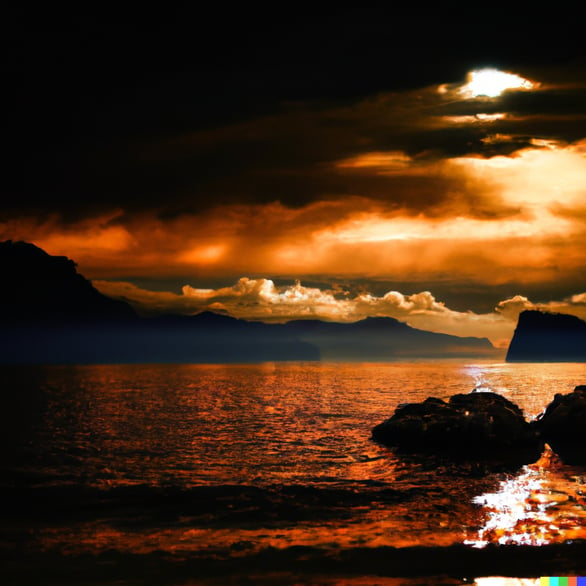
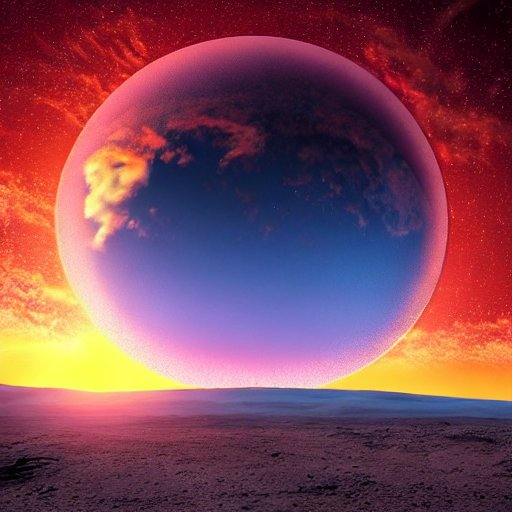
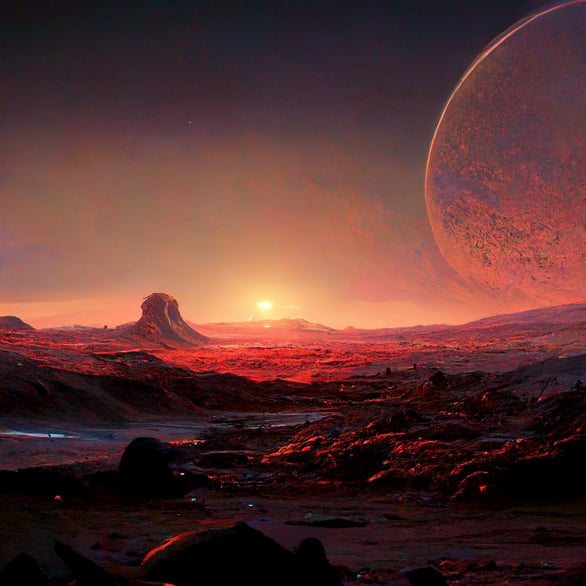
Prompt: Bose-Einstein condensate, quantum physics visualized
From the top: Dall-E 2, Stable Diffusion, Midjourney
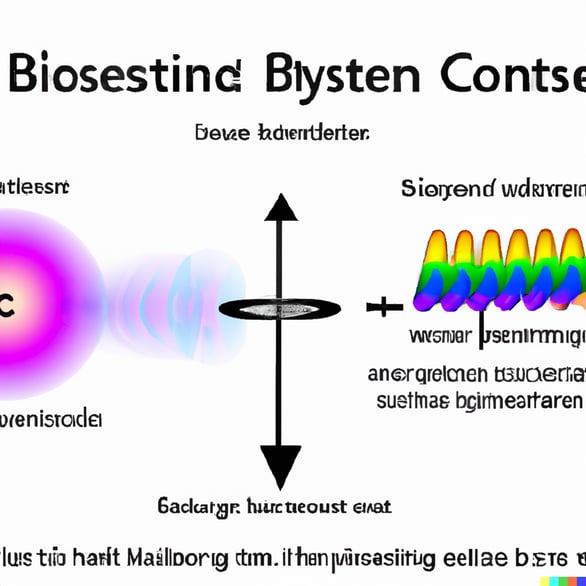
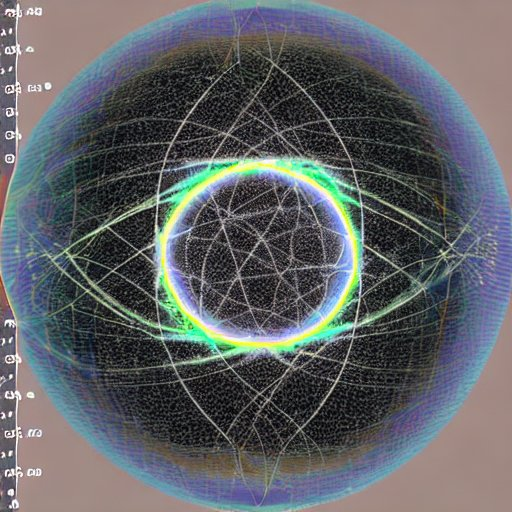
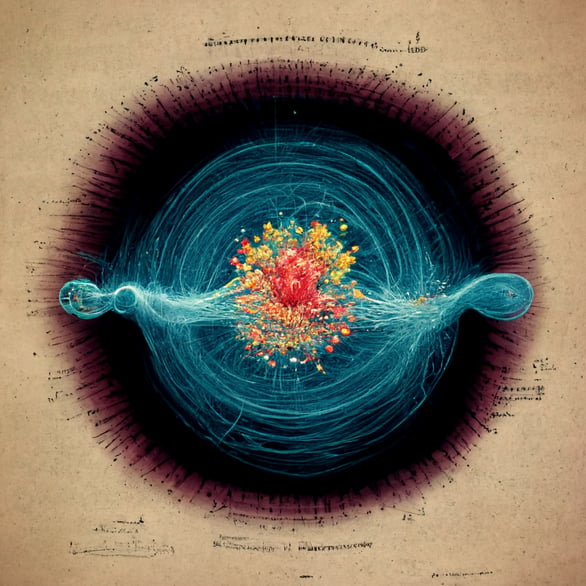
As you can see, the results are distinct. You can choose the algorithm that suits your needs best. From what I know, Dall-E 2 is excellent at creating photo-like images. When asked for a sunset, it'll give you a hyper-realistic sunset. When asked for kittens, it'll provide you with kittens. However, it'll not give you epic, abstract, artsy stuff. If you ask for Thor shooting lightning bolts from his hammer, you'll get it in a poster or comic book style.
Stable diffusion is quite similar in this matter. Midjourney is much different, and if you ask for kittens, they might be pretty balls of fluff, but their faces will be nothing like that of a cat (this aspect is still changing, as Midjourney is being updated quite often, so by the time you’re reading this article, this might not be the case). In other words, it's great for visualizing epic, abstract, and artsy stuff. Yet, it's getting better at rendering kittens, so don't be discouraged.
They all have their strengths and weaknesses. As time goes on, they'll get better and better. This is a fantastic adventure to be a part of, and I'm excited because it's just the beginning.
What does the artistic community say about AI-generated "art?"
You have probably already heard about an AI-generated piece having won an art competition, right?
Here it is:
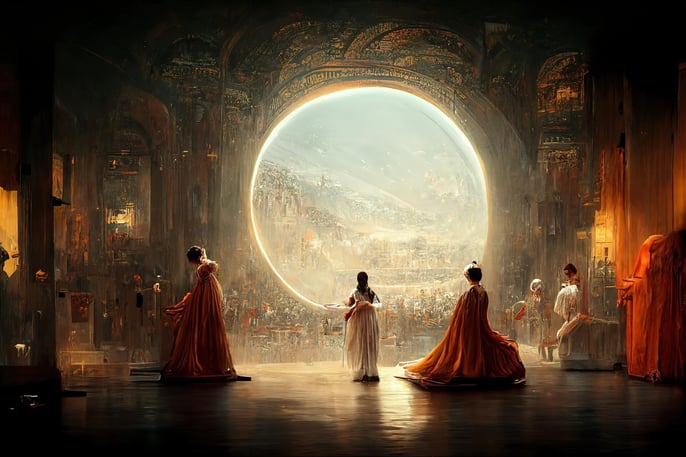
This incident sparked a wave of criticism. As a result, we could observe many artists' reactions to the topic. Almost none clapped their hands. Some turned their noses up, and some cursed at the monitor. The rest felt like jumping out the window. It's quite understandable, as they worry about becoming obsolete in the future.
Are artists endangered?
AI image generation is a relatively recent phenomenon. It's not the first time that something new has made people so angry. We tend to do that when we feel threatened by the hard-to-predict consequences. But what can you see when you break through the bias?
Stop fighting it. Find out what it can do for you and use it.
It can generate everything you ask for. Beautiful landscapes, unusual architecture, couture designs, macro imagery, and textures. So what is it? In my opinion, it's a marvelous tool. It can inspire you in various ways, from lighting styles to composition ideas.
All images you generate can be saved on the board. A board of your imagination. Additionally, it can show you what kind of art you enjoy (your board makes that clear). It's also a place you can always return to for helpful content. We already have such sites on the web (e.g., Pinterest), but they have always been about collecting other people's art. Now it's different because it's your imagination visualized.
Who's the copyright owner?
This can vary and is currently unclear. Usually, though, these communities are open, and you own everything you generate. You can see what other people generate in the feed, and you own their work as much as they own yours. With Midjourney you can use the content commercially as long as you don't exceed a certain limit (which is 1,000,000 USD of revenue per year); otherwise, you just have to buy a corporate membership plan. I'm not sure how it is with the others because I don't use them as often, but you can easily find that information on their websites.
What does AI change in art creation? The brand-new insight.
AI has just started making its way into our reality and consciousness. There is already software that can generate text and even whole articles. It's understandable that people are afraid, but will it make them lose their jobs? Generating what you want is not as easy as you might expect. It requires practice and knowledge of how the neural network understands words and expressions. It'll probably require more and more knowledge as this technology develops further. So if you're an artist, start generating! Discover the incredible results it can provide!
Can AI altogether prevent the need for artists? Definitely not. People will always appreciate art created by others. The supply of fine artists will decrease in time because the less ambitious ones will entirely rely on the generated stuff. And that's also fine. If that satisfies them, let it be, but what about the rest? As the supply decreases, the rest will be able to raise the prices of their work significantly. And as long as people appreciate fine art, there will always be a demand for it.
And to close things off. I never claimed to be perfect and never will be, so if you see any mistakes in the article (especially in the "How does it work?" section), let us know! I will be more than happy to correct it and learn something new.
Get ready for this exciting journey, and DON'T PANIC!
.jpg?width=1728&height=972&name=Group%2021%20(1).jpg)
